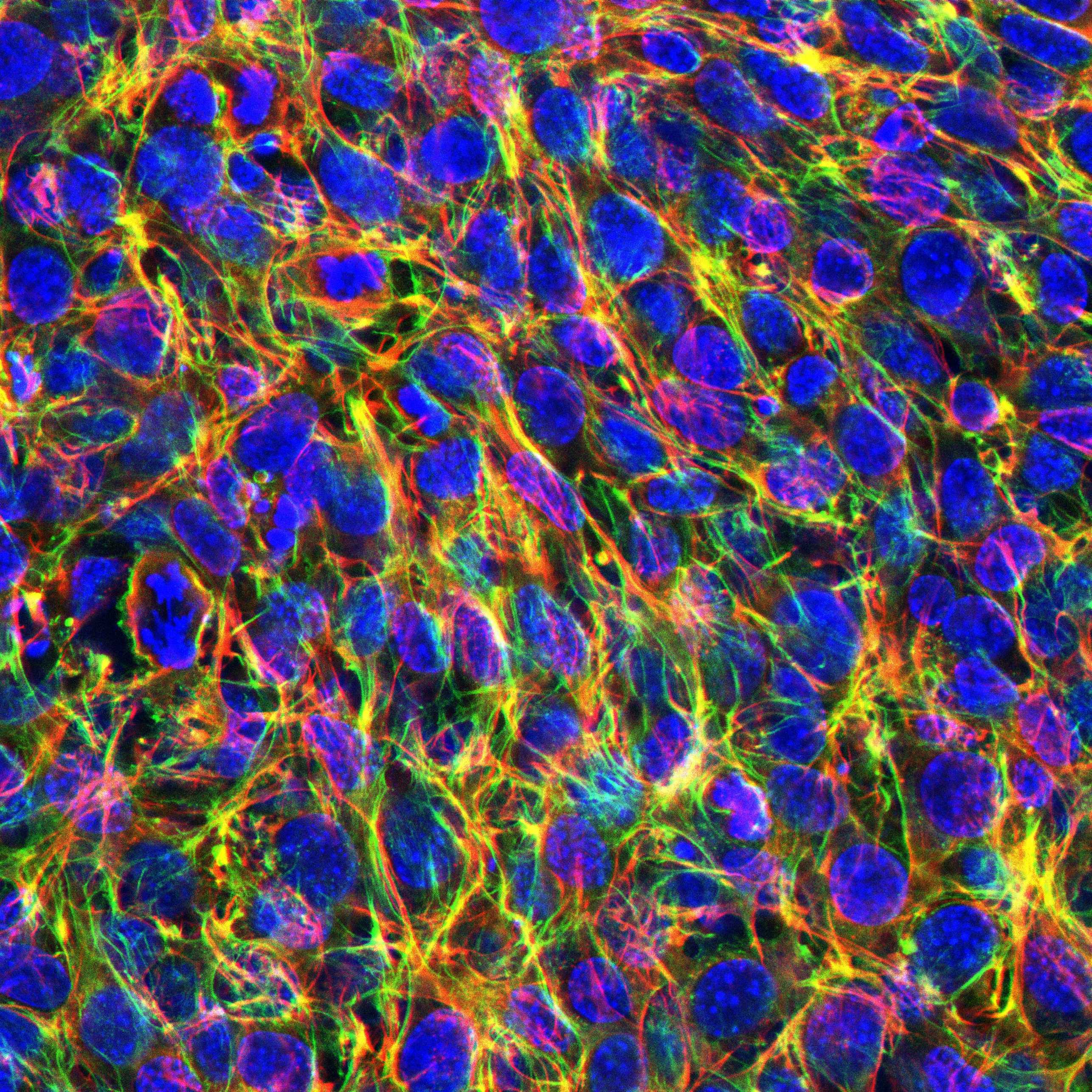How cells initially sense and adhere to fibrillar extracellular matrices
So far, it has remained elusive how cells initially sense and respond to fibrillar extracellular matrices during adhesion initiation and how this initial sensing continuously influences cell behavior. In our recent paper published in Advanced Science, we engineered biomimetic fibrillar fibronectin matrices using 3D-printed microgrids and simple solution shearing.
Attaching to fibrillar fibronectin matrices, fibroblasts strengthen adhesion initiation within seconds and enhance long-term migration and proliferation by employing β1 integrin and syndecan-4. This rapid and continual fibrillar mechanosensing explains how fibrillar ECMs modulate cell decisions in native tissues. This insight will better explain how cells sense and react to fibrillar matrices in our body.
The publication you can find external pagehere.

